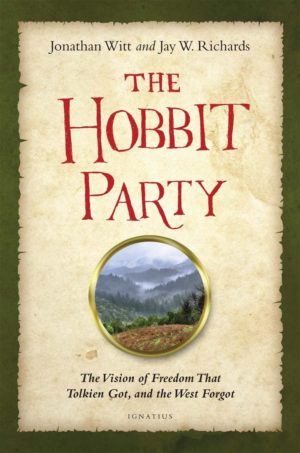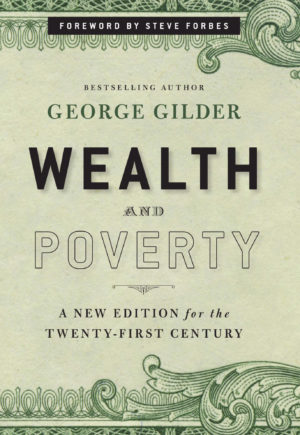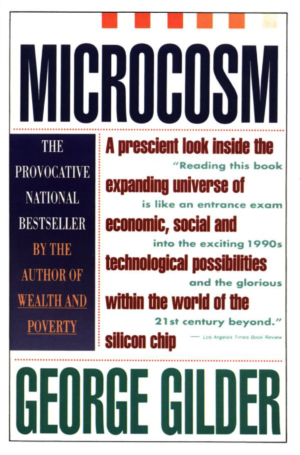Description
A four-session interactive Bible study, based on the documentary Americans with No Address, that examines the biblical response to people experiencing homelessness.
Homelessness is not an “issue”; it’s an opportunity for the church to love our neighbors. In this four-session interactive Bible study, we examine what Scripture has to say on the topic. A companion to the documentary Americans with No Address and the full-length theatrical movie No Address (starring Ashanti, William Baldwin, Beverly D’Angelo, and Xander Berkeley), this study teaches participants:
- The root causes of different types of homelessness.
- How to engage rather than enable.
- The importance of collaboration among existing agencies.
- How to mobilize their church to follow Jesus’ call to serve.
Each session includes:
- Facts, true stories, and background about the people who experience homelessness in America.
- QR code for quick link to online videos.
- Discussion questions for churches and small groups.
- Perspective from the Bible.
- “Go and Do” action steps.
- Ideas for further resources.
- Prayer prompts and reflection questions.
The government can’t solve homelessness alone. The nonprofit sector can’t solve it alone. But neighbors loving neighbors, working together, can make a difference for the people who are experiencing homelessness in America. No Address equips Christians to lead the way.
This interactive study guide includes a free QR code and URL to access all nine videos, plus additional content for engaging study as a group or on your own. To aid you in your planning, following are the session titles and video run times:
1 Overview 10:49
2 Session 1 – Introduction 9:49
3 Session 1 – Wrap-Up 5:24
4 Session 2 – Introduction 8:54
5 Session 2 – Wrap-Up 5:18
6 Session 3 – Introduction 9:30
7 Session 3 – Wrap-Up 5:20
8 Session 4 – Introduction 9:50
9 Session 4 – Wrap-Up 8:21





